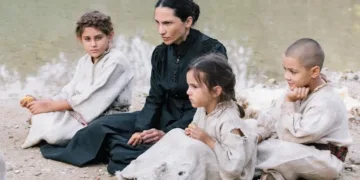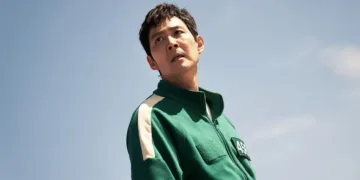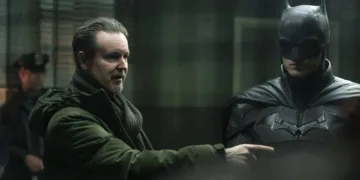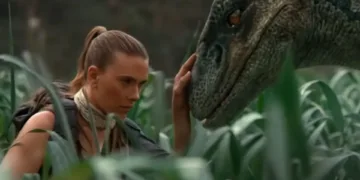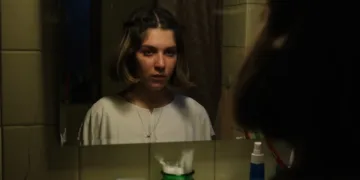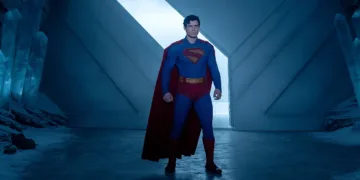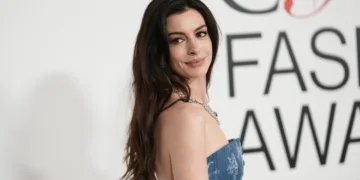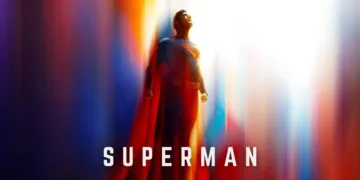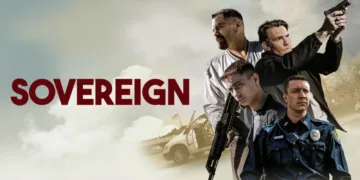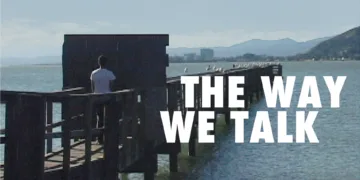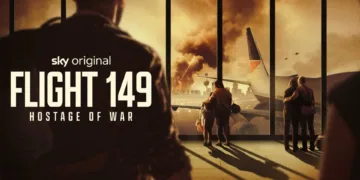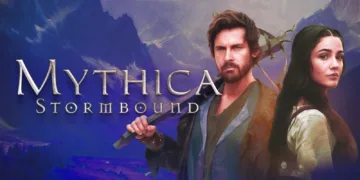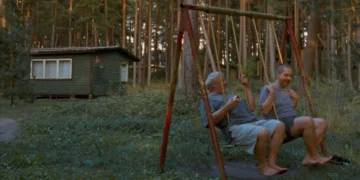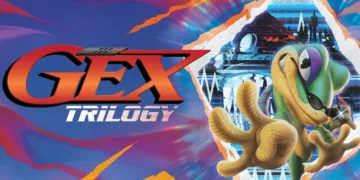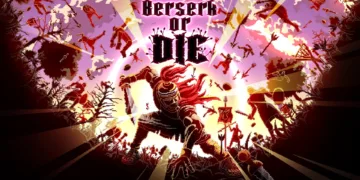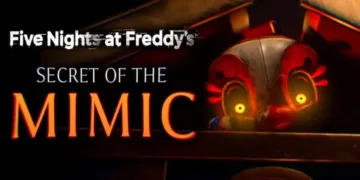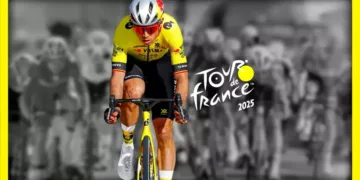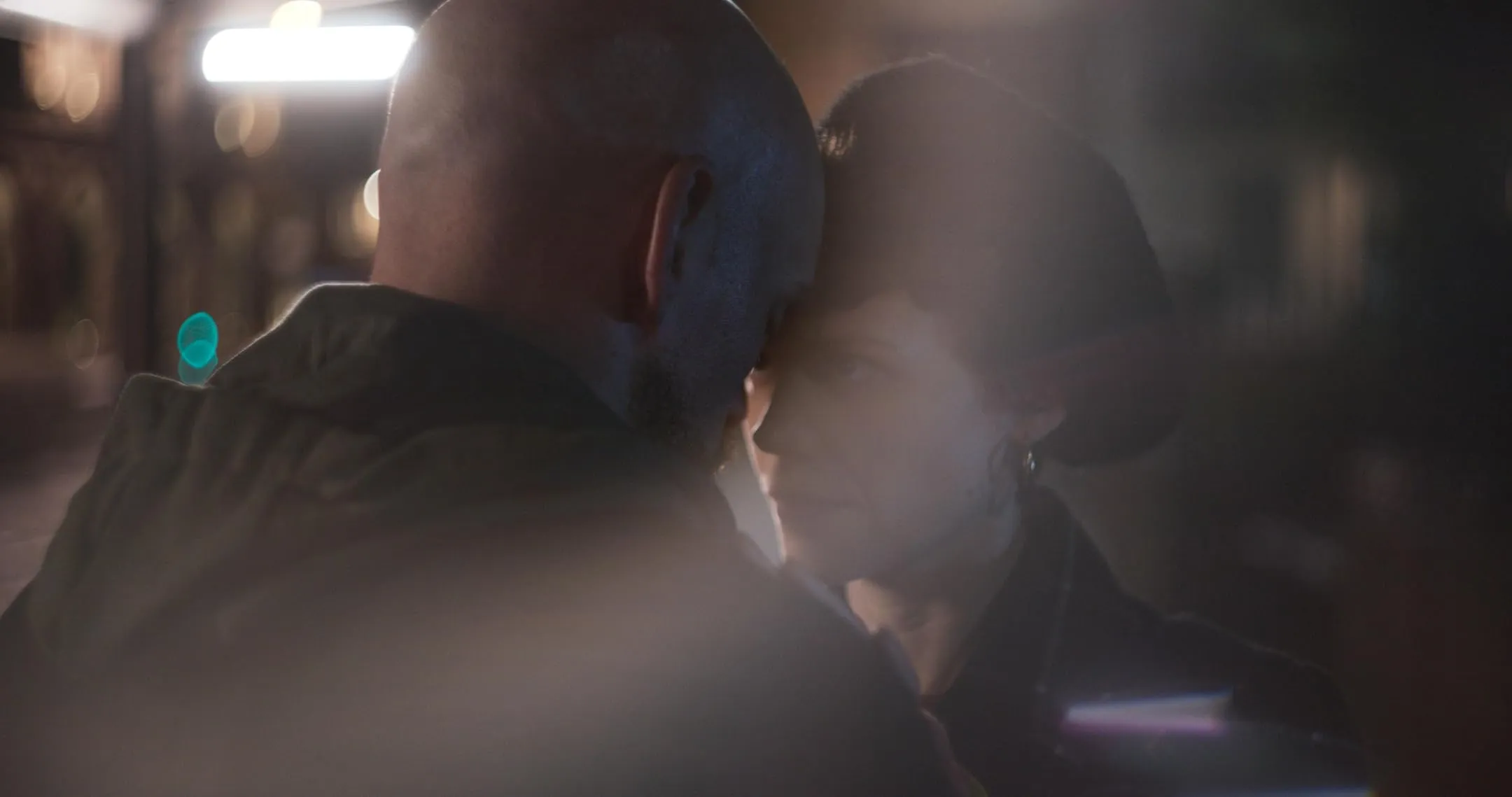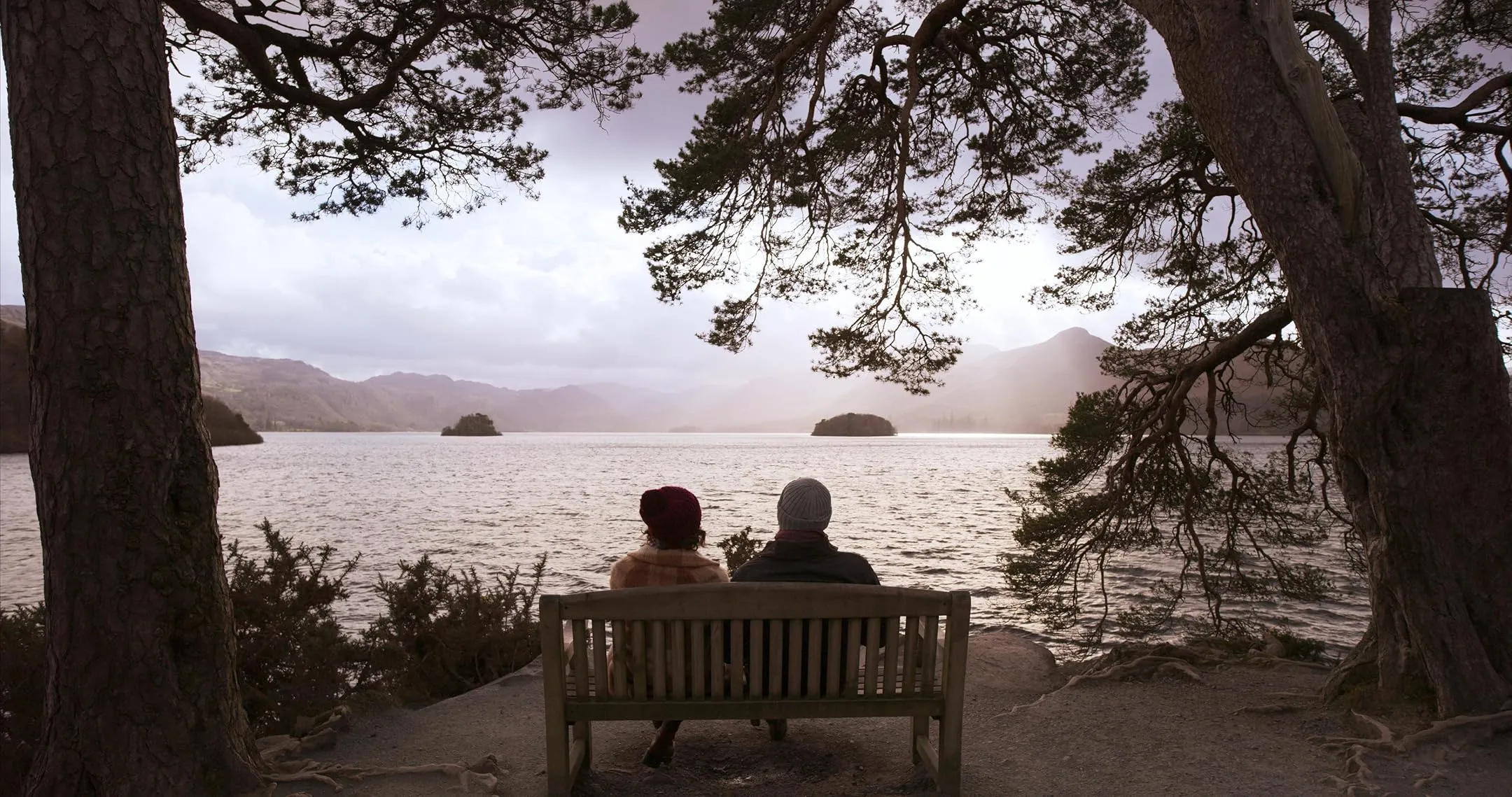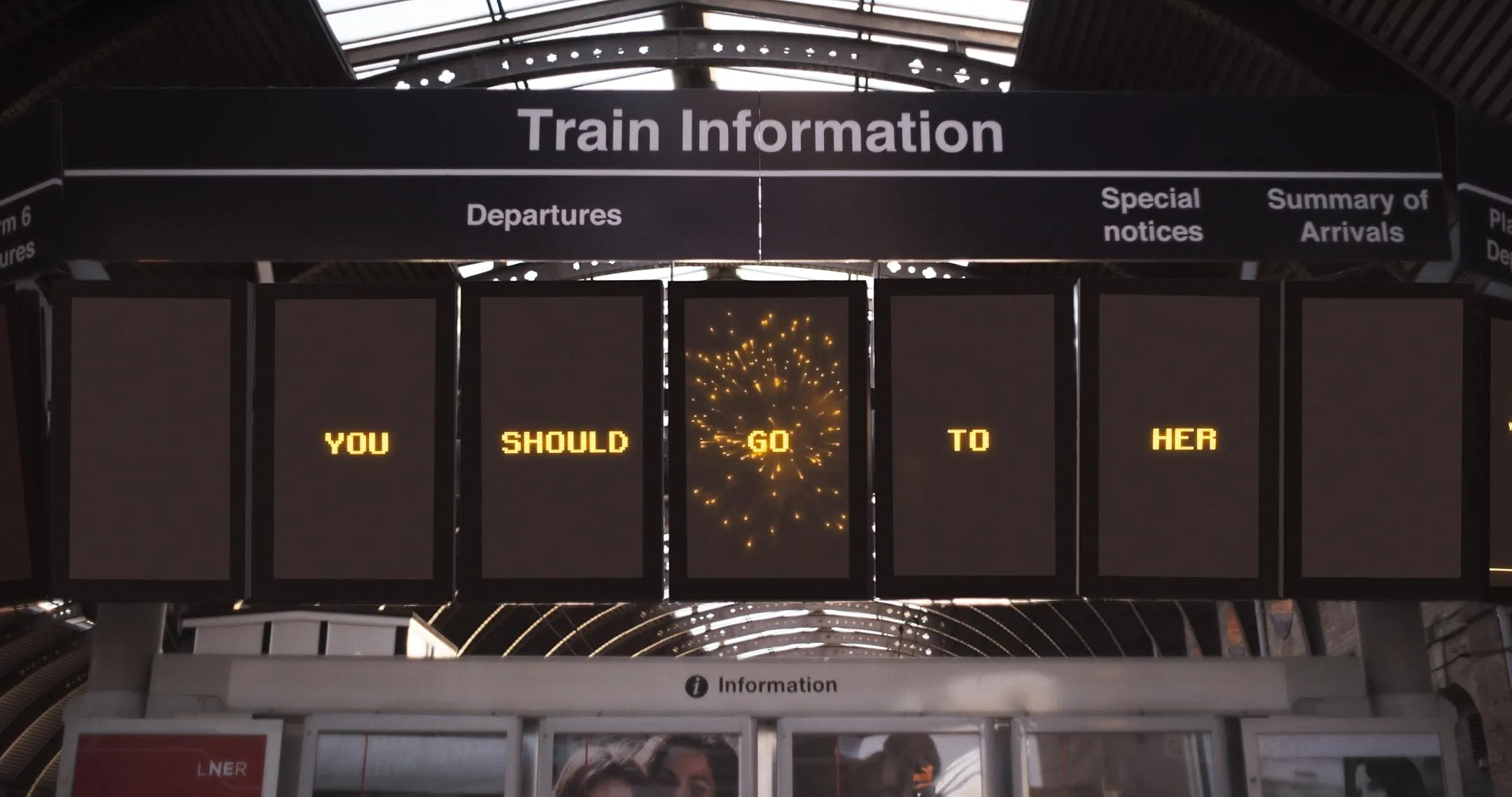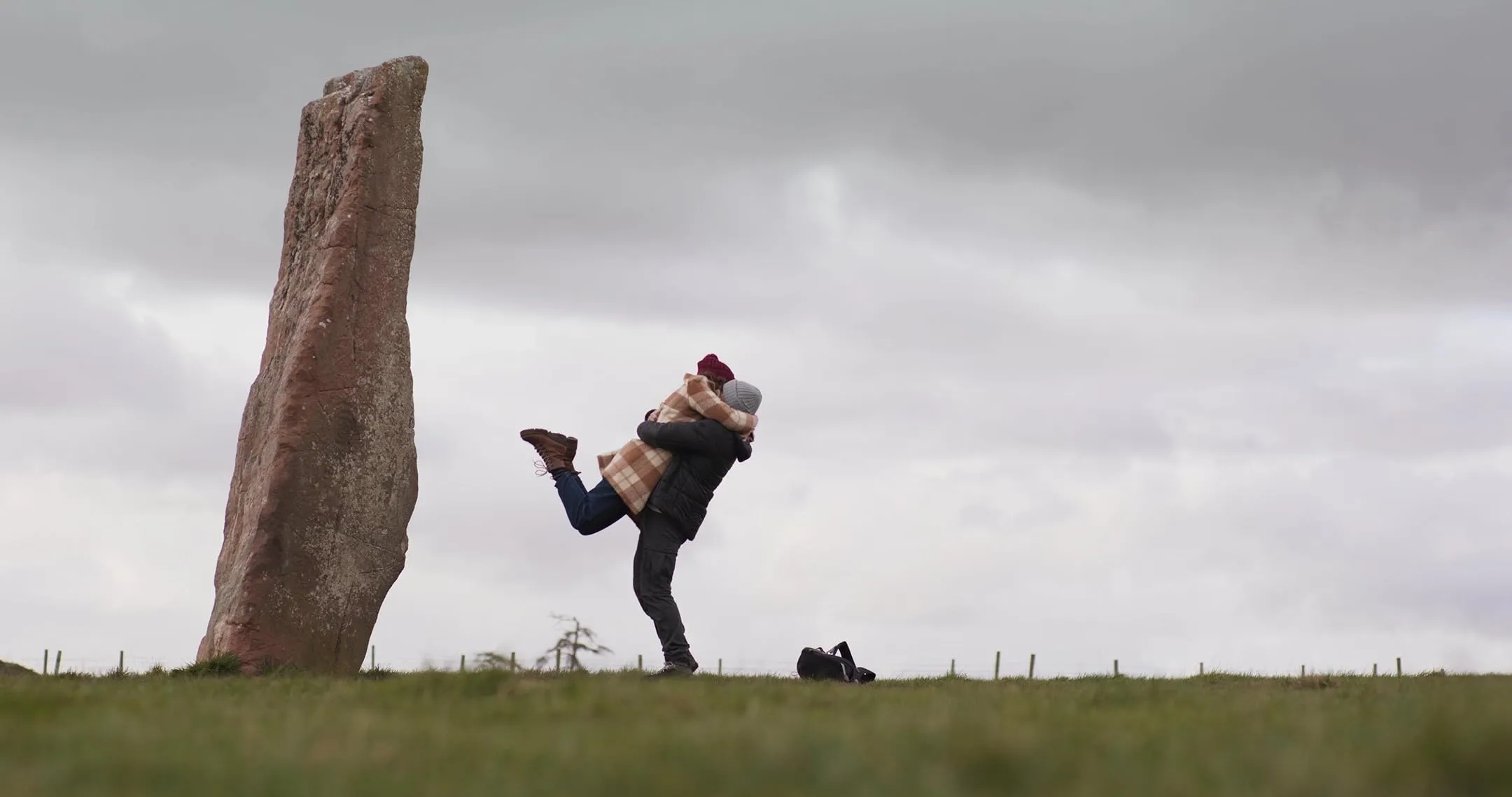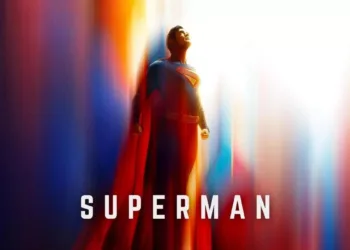The film unfolds as a captivating exploration of romance and ethereal phenomena, centering on Alice and Jay—two individuals whose lives are reconfigured by forces beyond mere mortal comprehension.
The story introduces us to a world where affection intertwines with elements of the spectral, establishing a dialogue between tender human connection and inexplicable occurrences (a notion that prompts one to question the fabric of reality itself).
At its core, the plot charts the evolution of Alice and Jay’s relationship, which is set against the backdrop of three distinct Christmas periods. Each timeline contributes a unique layer to the narrative, creating an interlaced chronology that both charms and perplexes.
Jay’s admission of a mysterious sensitivity to otherworldly presences sets the stage for moments of both quiet intimacy and surreal disruption. Critical plot events are carefully dispersed throughout, designed to gradually unspool the film’s intricate narrative without resorting to overt explanations.
The film’s storytelling method places a calculated equilibrium between the mundanity of everyday romance and an almost scientific examination of the paranormal. It invites viewers to reexamine conventional notions of time and existence, evoking historical debates about fate and free will (with a dry, occasionally self-aware humor that underscores the intellectual subtext).
Temporal Architectonics and Structural Quandaries
The film’s architecture is a study in fragmented chronology, spanning three successive Christmas periods that unfold in an unconventional sequence. The non-linear arrangement invites the viewer to reconstruct the narrative puzzle (a task that might remind one of assembling an antique clock, with each piece carrying its own historical weight).
Each timeline is distinct yet interlocked, contributing to a conceptual “block universe” in which all moments exist simultaneously—an idea that echoes philosophical debates on determinism and free agency.
Time in the film is portrayed with an almost tactile quality, as if the passing of moments can be paused or stretched like an elastic band. There is a palpable tension between what is remembered and what is anticipated, with the past, present, and future overlapping in a way that questions the very essence of linear progression.
This treatment of time not only produces a mysterious ambiance but also subtly mirrors societal reflections on how history informs modern identity (a nod, perhaps, to the cyclical nature of cultural memory).
The shifting timelines demand active participation from the audience, who must piece together disjointed fragments to grasp the full picture. Some viewers may find the structure a challenging puzzle that rewards careful contemplation, while others might perceive it as an excessive complication—a point of contention that stirs lively debate among cinephiles. The film’s structural choices, while occasionally demanding patience, succeed in keeping the viewer engaged.
The experience is akin to deciphering a historical manuscript where context is everything, and every temporal cue carries significant weight. Even when the narrative seems disjointed, its intricate design continuously offers new layers of meaning, ensuring that each viewing can yield a fresh interpretation without resorting to simplistic storytelling.
Emotional Microcosms and Subtle Alchemy
Alice and Jay are presented as dynamic figures whose inner lives ripple through the narrative. Alice, initially portrayed with a reserved skepticism, gradually discovers an openness to the unseen—a transformation that is both gentle and disquieting (one might say her evolution reflects an internal reordering of values, reminiscent of subtle shifts observed in historical intellectual movements).
Her journey from a pragmatic view of life to an acceptance of inexplicable forces provides the viewer with a quiet, introspective mirror.
Jay, on the other hand, embodies a latent sensitivity that positions him as a bridge between the rational and the uncanny. His internal struggles—marked by moments of self-doubt and quiet resilience—are depicted through understated gestures and measured dialogue.
There are instances when his demeanor suggests a personal conflict between embracing his unusual abilities and the burden they impose. This portrayal hints at societal tensions: the pressure to conform versus the allure of individuality (a familiar conflict in eras marked by rapid cultural transformation).
The evolving chemistry between Alice and Jay is captured in moments that oscillate between tender intimacy and stark tension. Their interactions occasionally reveal unexpected layers of complexity, at times bordering on the absurd (a small, ironic smile or a well-timed silence can speak volumes). Their differing outlooks serve to highlight an internal clash that mirrors historical debates between empirical reasoning and mystical thought.
The performances are characterized by a striking naturalism. Subtle inflections in voice, carefully measured glances, and the unspoken language of body movement contribute significantly to the depth of their characters. Specific scenes—small yet resonant—anchor the emotional arc of the film, leaving an impression that lingers and prompts quiet reflection long after the credits roll.
Visual Rhetoric: Landscapes as Living Characters
The film exhibits a visual style that is both deliberate and nuanced. Its cinematography employs lighting with a precision that teeters between the stark and the subdued—each frame is a deliberate study in contrasts (one might call this a chiaroscuro of modern storytelling).
There is a persistent tension between understated visuals and moments that burst with impactful imagery, suggesting that the film itself is self-aware of its visual economy.
The choice of locations—historic York and the scenic expanses of Keswick and the Lake District—transforms the settings into active participants in the narrative. The ancient streets of York, with their weathered facades and quiet corners, evoke a sense of timelessness that aligns with the film’s metaphysical inquiries (almost as if the city itself were an old manuscript containing forgotten lore).
Meanwhile, the natural beauty of Keswick and its surrounding landscapes contributes not only to the atmospheric quality of the film but also serves as a visual metaphor for renewal and decay.
Recurring visual motifs further enrich the narrative. Shifting color palettes and recurring symbolic props are employed as visual shorthand to express themes of spirituality and temporal fluidity. These elements are not merely decorative; they function as visual allegories, inviting viewers to consider the transient nature of existence and the possibility of alternative realities.
Scene composition deserves special mention. Specific sequences, framed with meticulous attention to detail, utilize unconventional camera angles and deliberate framing to heighten emotional intensity.
In one striking scene, a subtle play of shadows and reflections creates an almost tangible sense of introspection (a veritable “visiometrics” at work). This visual strategy, though occasionally seeming overwrought, consistently enriches the film’s mood and underscores its cultural resonance without succumbing to aesthetic excess.
Ethereal Signifiers and Philosophical Inquiries
The film interrogates the delicate balance between love and loss while interweaving supernatural elements that compel viewers to reconsider familiar boundaries between the seen and unseen.
At its center, the narrative challenges the conventional divide between rationality and belief—a tension reminiscent of historical debates over scientific empiricism versus spiritual tradition (one might recall the Age of Enlightenment’s own internal contradictions).
Central to this exploration is the interplay of love and bereavement, serving as conduits through which the supernatural is rendered palpable. This is not a mere ghost story, but rather an invitation to reexamine the fragility of human emotions when confronted with forces that defy empirical explanation.
The film, in its quiet yet persistent way, prompts a reconsideration of how modern society navigates the clash between evidence-based thought and the allure of the mystical.
Symbolism is deployed with a subtle yet persistent hand. Key objects—a modest bauble and an unassuming Buddha trinket—act as metaphoric anchors that reinforce the narrative’s deeper meditations on existence.
These symbols, seemingly trivial at first glance, accumulate layers of meaning as they echo the internal landscapes of the characters. They serve as visual shorthand for the perennial human quest to find order amid chaos, inviting comparisons to cultural rituals that have defined communities through the ages.
The spiritual journey of the protagonists, particularly Alice’s gradual shift from skepticism toward a more accepting, if conflicted, stance, is portrayed with a complexity that resists simple categorization. Jay’s paranormal sensitivities open a window to a metaphysical reality—a “block universe” where time, fate, and interconnected destinies merge into an enigmatic whole.
This narrative choice not only challenges the viewer to question the nature of reality but also offers a commentary on the evolving cultural understanding of identity and existence.
Harmonic Layers: The Soundtrack and Emotional Resonance
The film’s original soundtrack operates as a kind of aural chiaroscuro, setting a tone that is both contemplative and subtly unsettling. Its score is not merely background noise; it is an active agent in constructing the film’s supernatural ambiance (imagine sound waves painting shadows on a canvas of silence).
Musical cues punctuate pivotal narrative moments with precision, lending an almost palpable weight to instances of suspense and introspection.
The integration of sound with visual storytelling is executed with an economy that belies its complexity. In moments of quiet revelation, a lone piano note or a whispered string ensemble can amplify the emotional gravity of a scene, often stirring feelings of nostalgia, melancholy, or wonder (a bit like rediscovering an old record in a dusty attic).
This sonic strategy creates a layered auditory experience that mirrors the film’s thematic dualities—between the ephemeral and the enduring, the rational and the mysterious.
At times, the soundtrack oscillates between understated minimalism and richly orchestrated passages, inviting viewers to engage with the narrative on a sensory level. Its nuanced design not only elevates suspense but also serves as a cultural touchstone, subtly echoing the historical reverberations of musical innovation.
The Review
Between the Lights
A thoughtful film that challenges conventional narrative forms with fractured timelines and a meditative interplay between the tangible and the spectral. Its layered symbolism and authentic performances stir introspection, while a carefully curated soundtrack deepens its atmospheric allure. Though its pacing may test some viewers' endurance, the film’s philosophical inquiry and visual poise make it a significant cultural statement.
PROS
- Precise visual storytelling with atmospheric detail
- Thoughtful narrative structure that provokes reflection
- Natural, convincing performances from the cast
- Soundtrack that reinforces the film’s emotional tone
CONS
- The non-linear timeline might leave some audiences puzzled
- Pacing may challenge viewers accustomed to traditional structures













